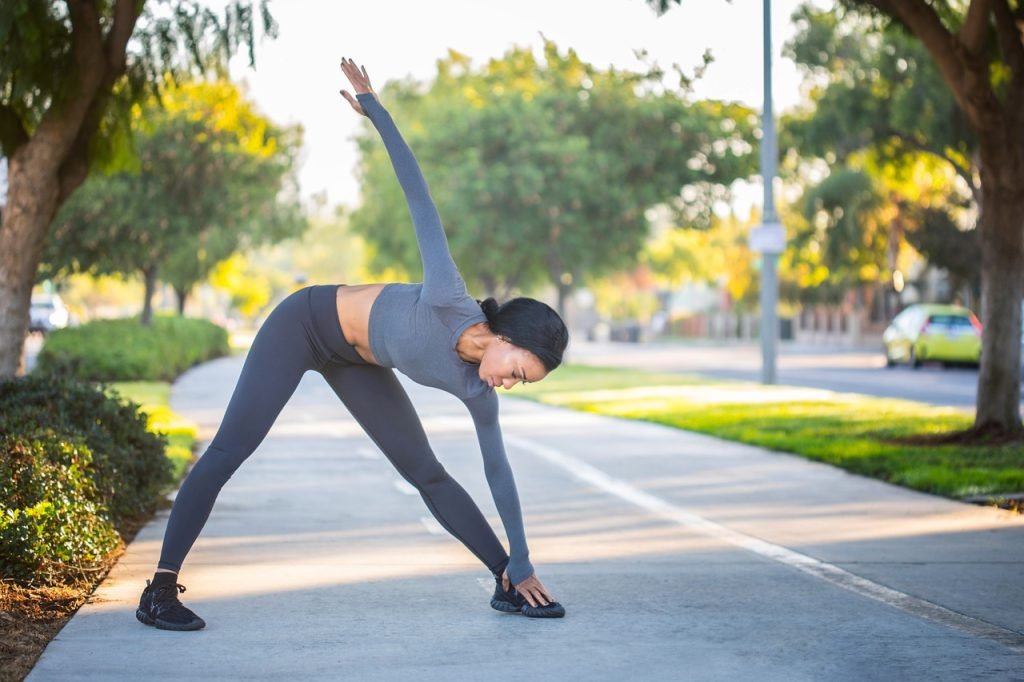
Contents
In the fast-paced design world, it’s easy for creative professionals to get caught up in their work, pushing their well-being to the side. However, integrating wellness into your daily routine is important for your health and can significantly enhance your creative output.
The following six health tips are tailored specifically to the needs of creative professionals, emphasising how you can maintain both your physical and mental health without compromising your artistic productivity.
From ergonomic workstations to mindful meditation breaks, each tip is designed to harmonise with your creative process, ensuring you stay inspired, energetic, and healthy in all aspects of your life.

Optimise Your Workspace
Ergonomics isn’t just a buzzword; it’s a foundational aspect of maintaining health in the workplace. For creative professionals who spend hours designing with the latest ai design tools, investing in an ergonomic chair and desk can prevent chronic pain. An adjustable chair that supports your back, along with a desk at the correct height for your body, reduces the risk of developing carpal tunnel syndrome and back issues.
Take Regular Breaks
The grind culture may glorify working without breaks, but for creative professionals, this is a recipe for burnout. Scheduling short, regular breaks throughout the day isn’t just refreshing; it can actually boost productivity and creativity.
These breaks offer your brain a chance to rest and process information, often leading to breakthroughs in your work.
Use these breaks wisely. Step away from your computer and do something completely different—step outside for a breath of fresh air, perform some light stretches, or simply rest your eyes.
This shift in focus can prevent fatigue and keep your creative juices flowing, ensuring you return to your work with renewed energy and possibly a new perspective.
Also, keep in mind that blue light from screens can disrupt your sleep patterns. Consider using blue light-blocking glasses or taking a break from screens altogether before bedtime.
As the people from blockbluelight.com.au add, different times of the day require different levels of blue light to be filtered and blocked. So, based on the time of day and your needs, be mindful of how much blue light you are exposing yourself to.
Maintain Physical Activity
A sedentary lifestyle is the nemesis of health, and unfortunately, it’s a common side effect of a desk job. To counteract this, creative professionals should prioritise regular physical activity.
It doesn’t have to be strenuous—daily walks, yoga, or even standing periodically while working can make a difference.
Active hobbies are particularly beneficial because they stimulate both the body and mind. Dancing, rock climbing, or even urban sketching on the go provide diverse experiences that can influence and enhance your creative projects. Remember, physical activity isn’t just about fitness; it’s about enriching your lifestyle and working with diverse, invigorating experiences.
Prioritise Nutrition
Your brain needs the right fuel to function at its best. Creative professionals should be mindful of their diet, opting for meals and snacks that are rich in nutrients and low in processed sugars. Hydration is key, as even mild dehydration can affect cognitive function and mood.
Don’t overlook the power of a well-timed snack. Foods like almonds, berries, or yogurt can offer a quick energy boost without the dreaded crash of sugary alternatives. Meal prepping can help you avoid the temptation of fast food, ensuring you have access to healthy and satisfying options even on your busiest days.
Invest in Mental Health
Mental health is fundamental to your overall well-being and cannot be separated from your creative success. Practices such as meditation, deep-breathing exercises, or journaling can help manage stress and boost your mental clarity.
Apps and online communities can provide guidance and support if you’re new to these practices.
It’s also important to cultivate hobbies and interests outside of work to maintain a balanced and fulfilling life. These outlets can provide a sense of achievement and joy that is unrelated to your career, thereby reducing the risk of identifying your self-worth solely with work success, which can lead to anxiety and depression.
Connect With Others
Networking isn’t just about advancing your career; it’s about building a supportive community. Creative professionals, especially freelancers and remote workers, can experience feelings of isolation. Regular interactions with peers can combat this, providing both social enjoyment and opportunities to exchange ideas.
Attend local meetups, workshops, or co-working spaces to meet like-minded individuals.
For remote workers, participating in virtual communities or social media groups dedicated to their field can offer a sense of belonging.
Collaborations can emerge from these connections, leading to innovative projects and a stronger sense of community engagement within your field.

In conclusion, staying healthy as a creative professional involves more than just sporadic self-care rituals; it’s embedded in the fabric of your everyday life.
Creating a workspace that caters to your physical comfort, breaking the monotony with regular restorative breaks, staying physically active, and being conscious of your nutritional intake is fundamental to maintaining your vigour.
Investing in your mental health and building supportive relationships are essential components for fostering both personal fulfillment and professional growth.
By implementing these six health tips, creative professionals can strike a harmonious balance, ensuring their wellness is as much a priority as their work, leading to not only a thriving career but a fulfilling life as well.


